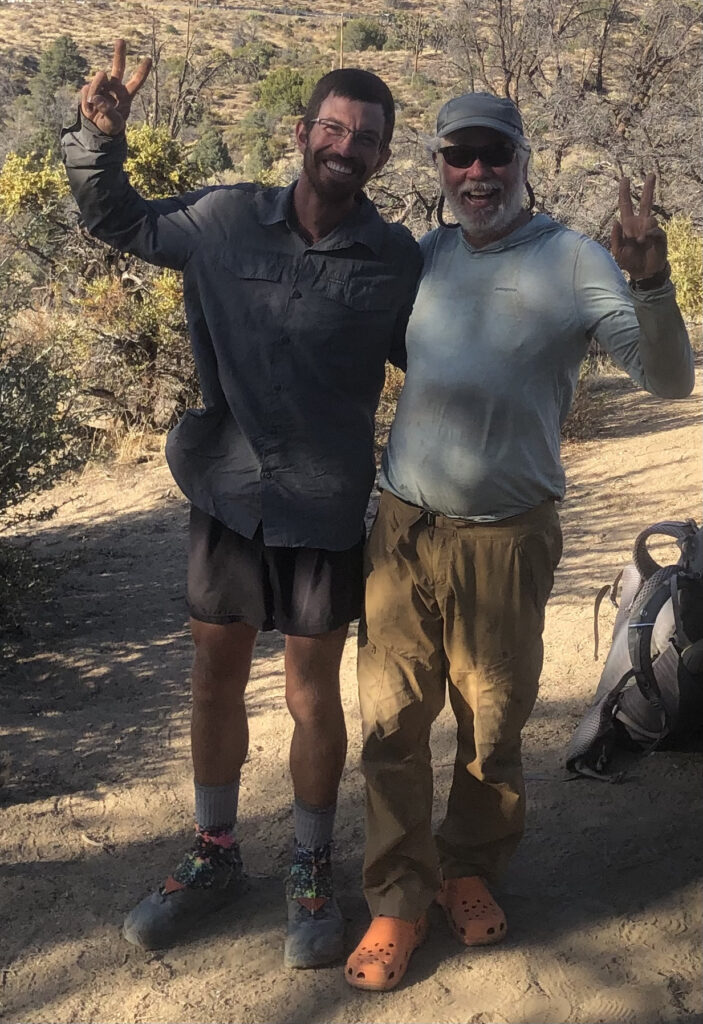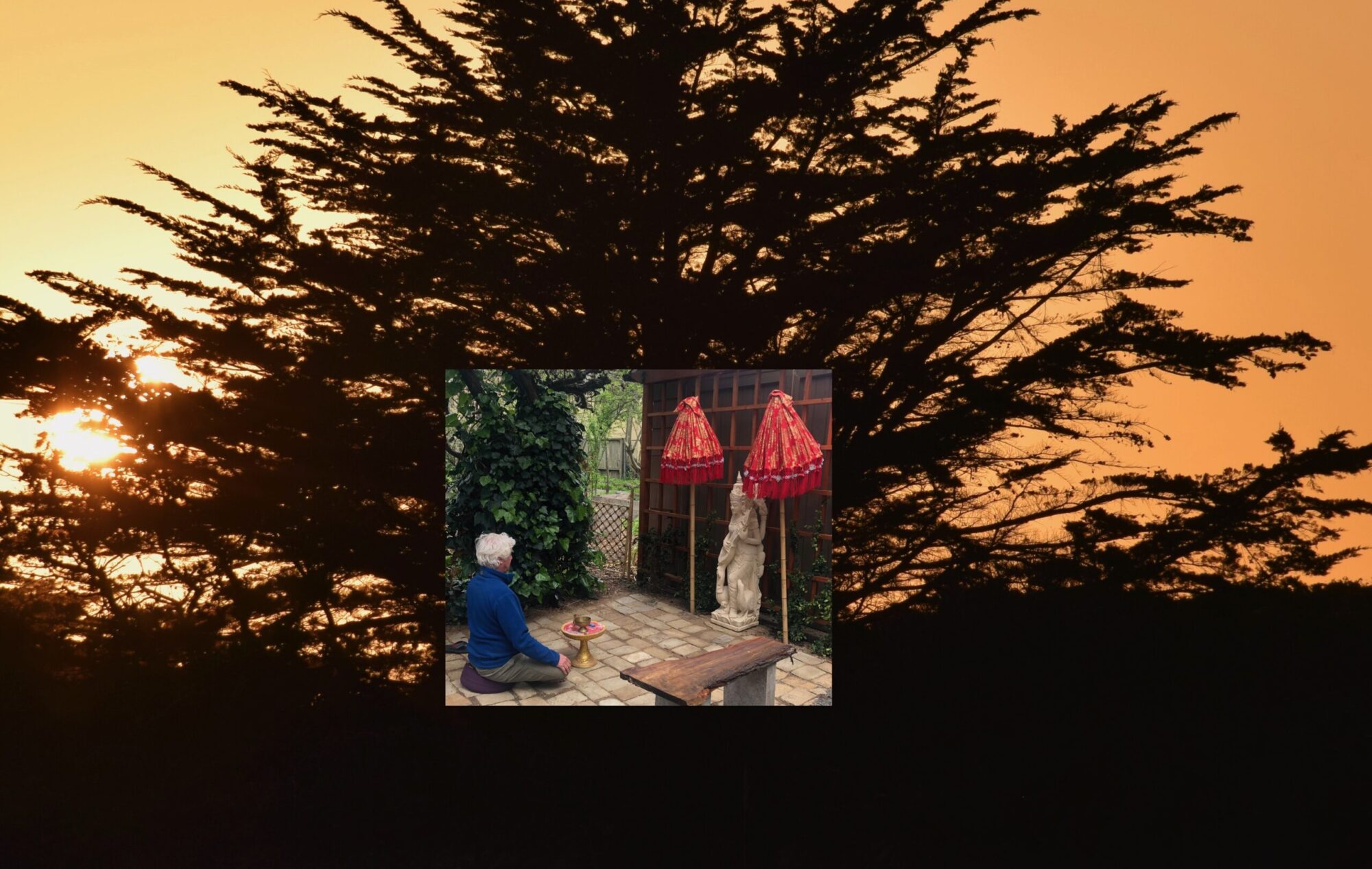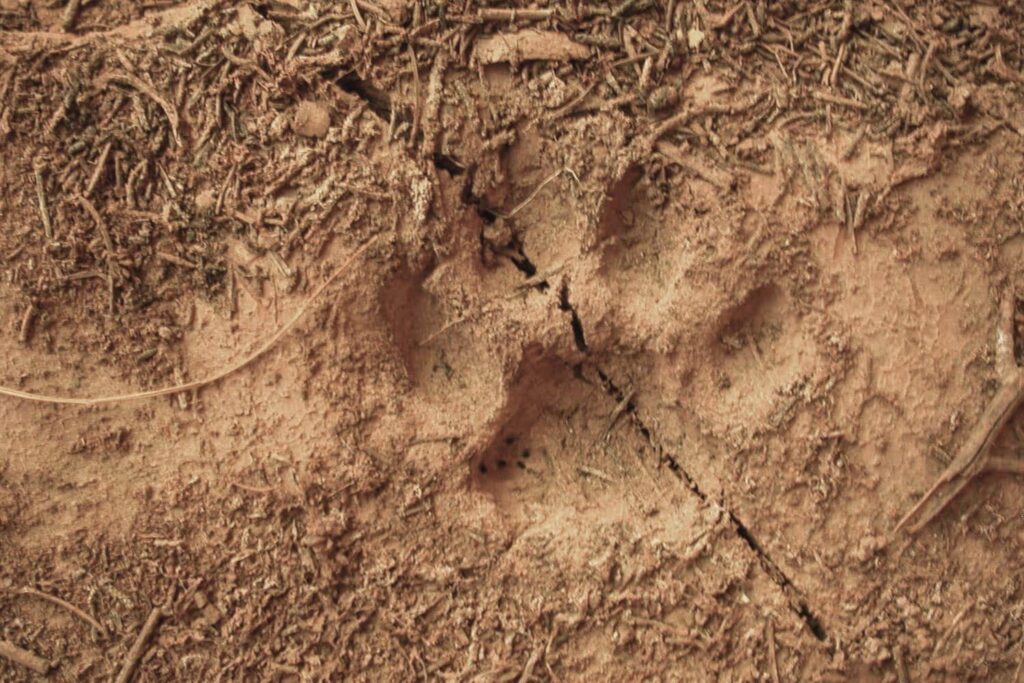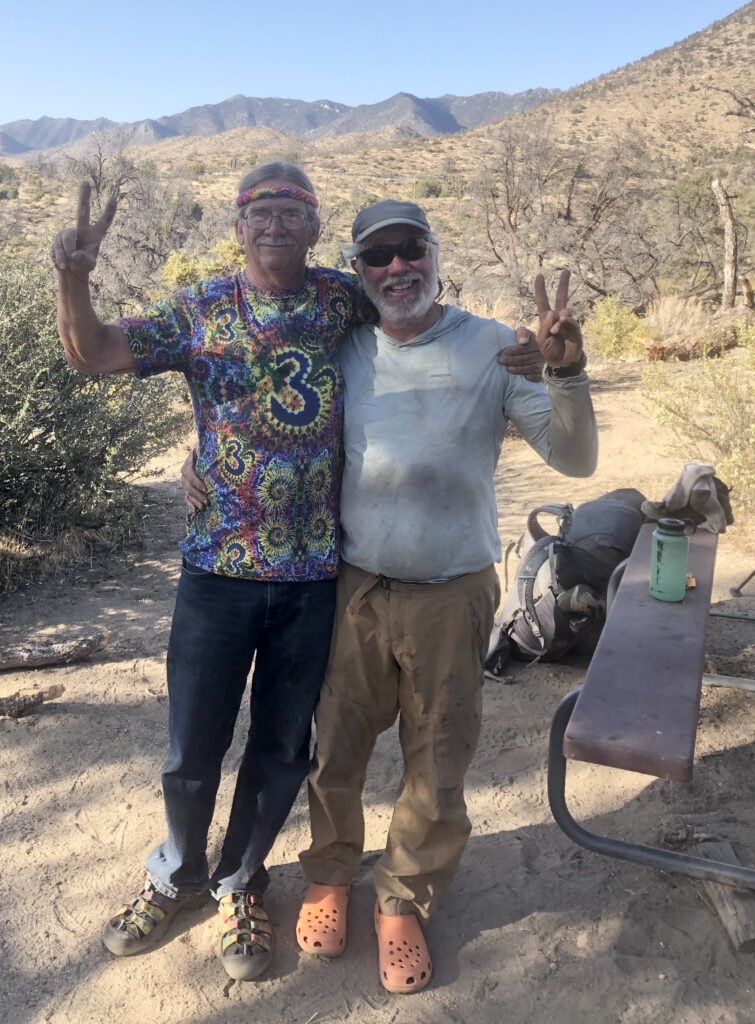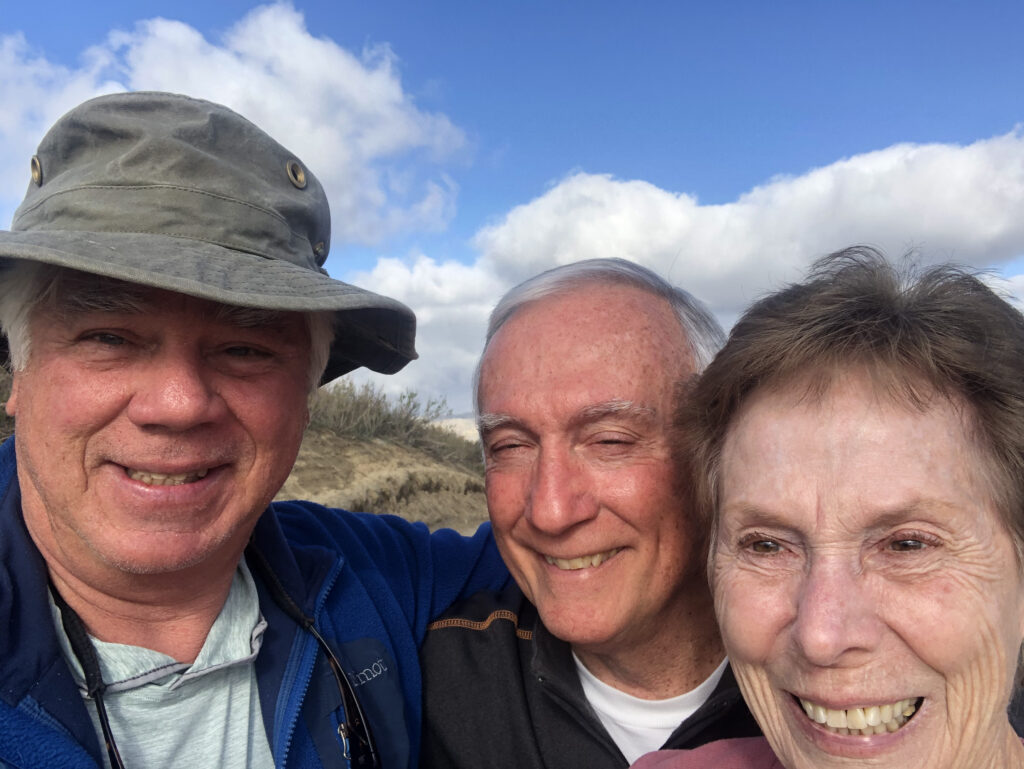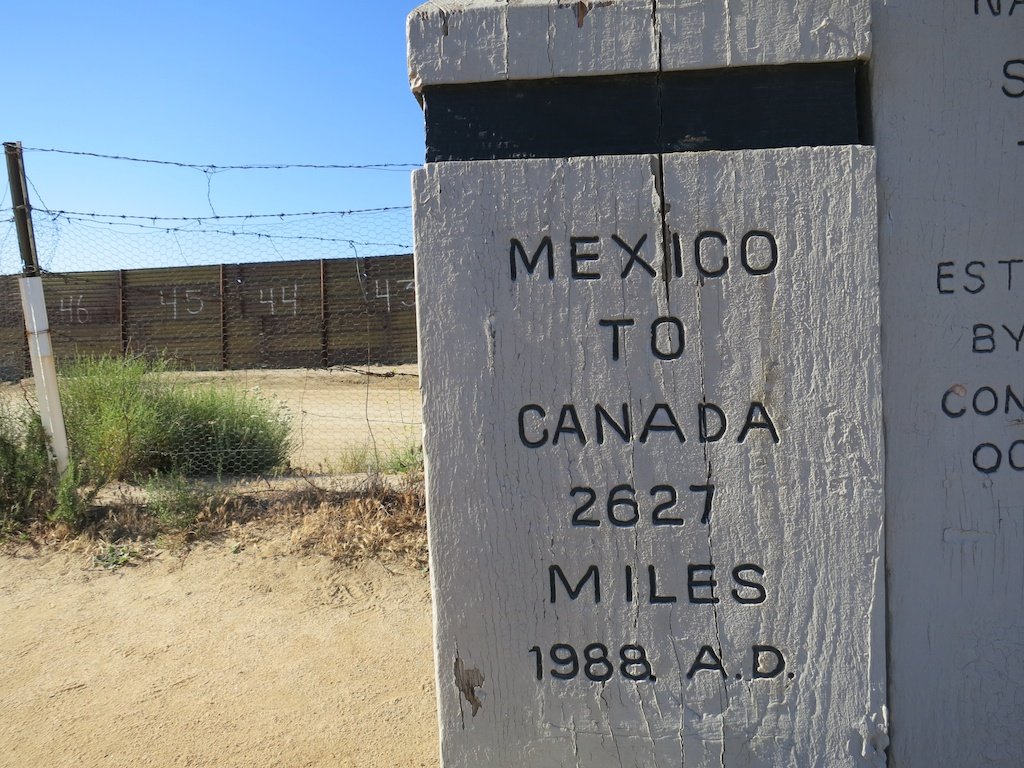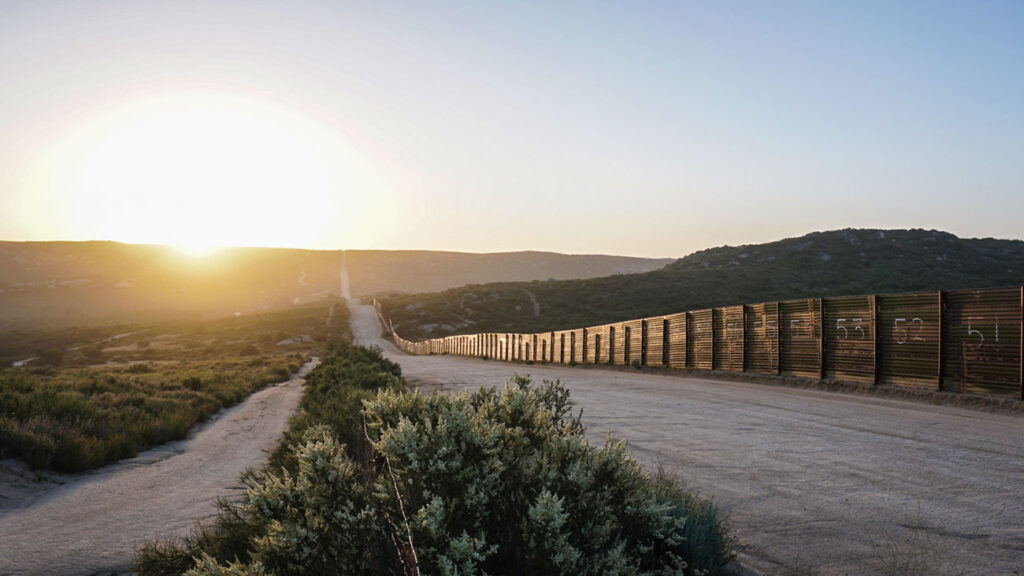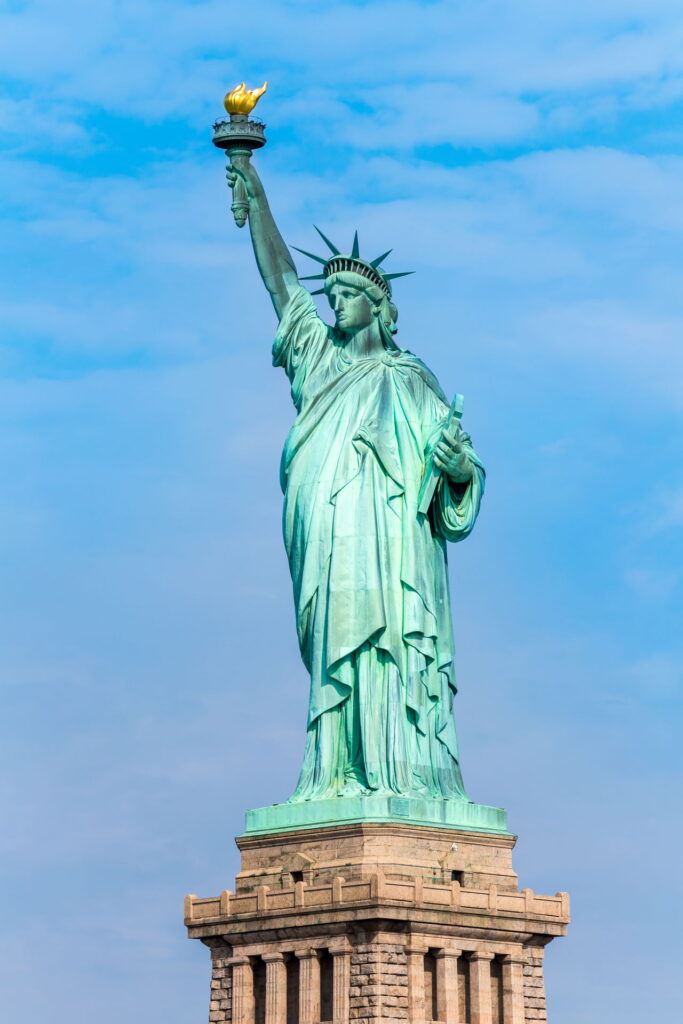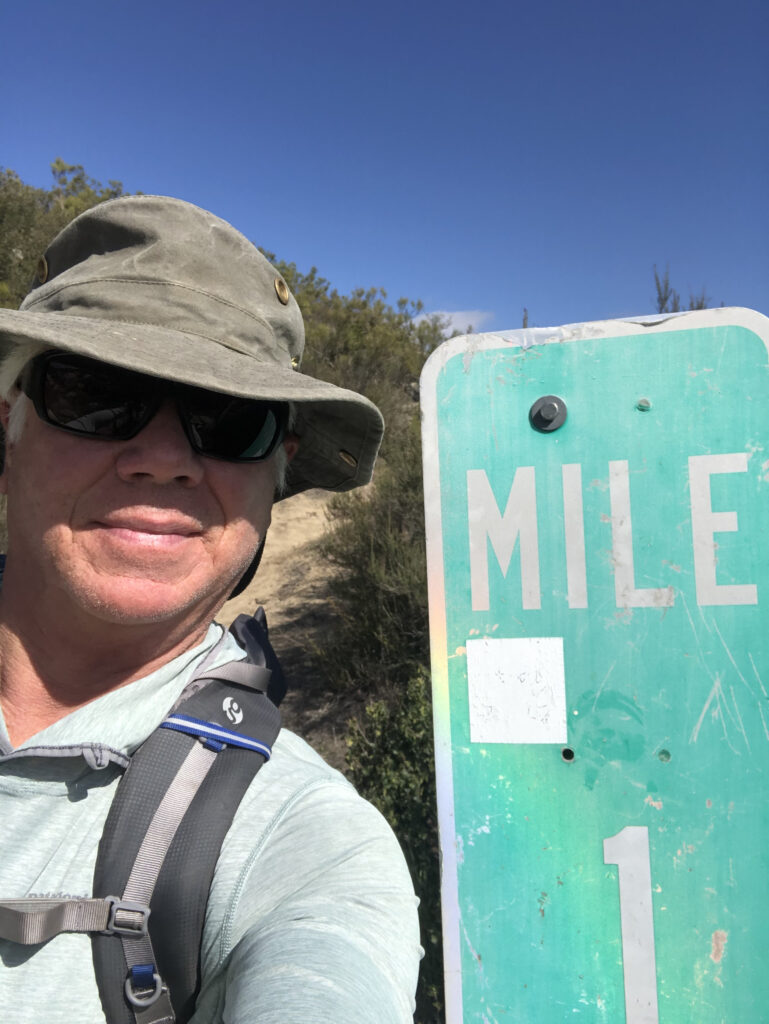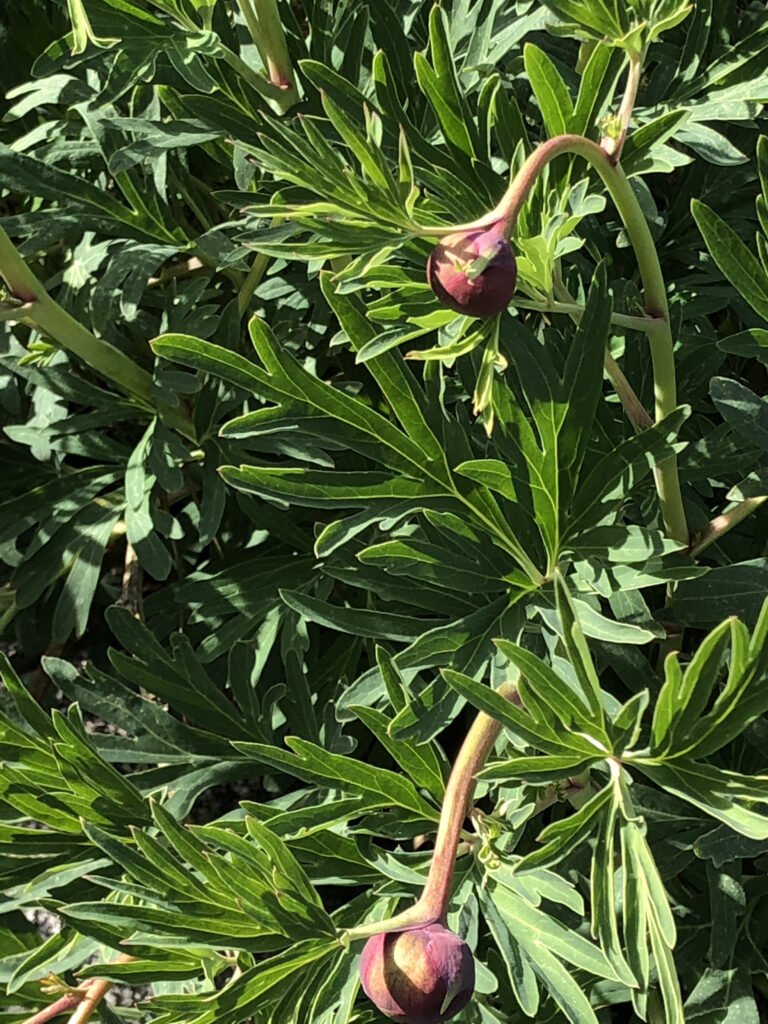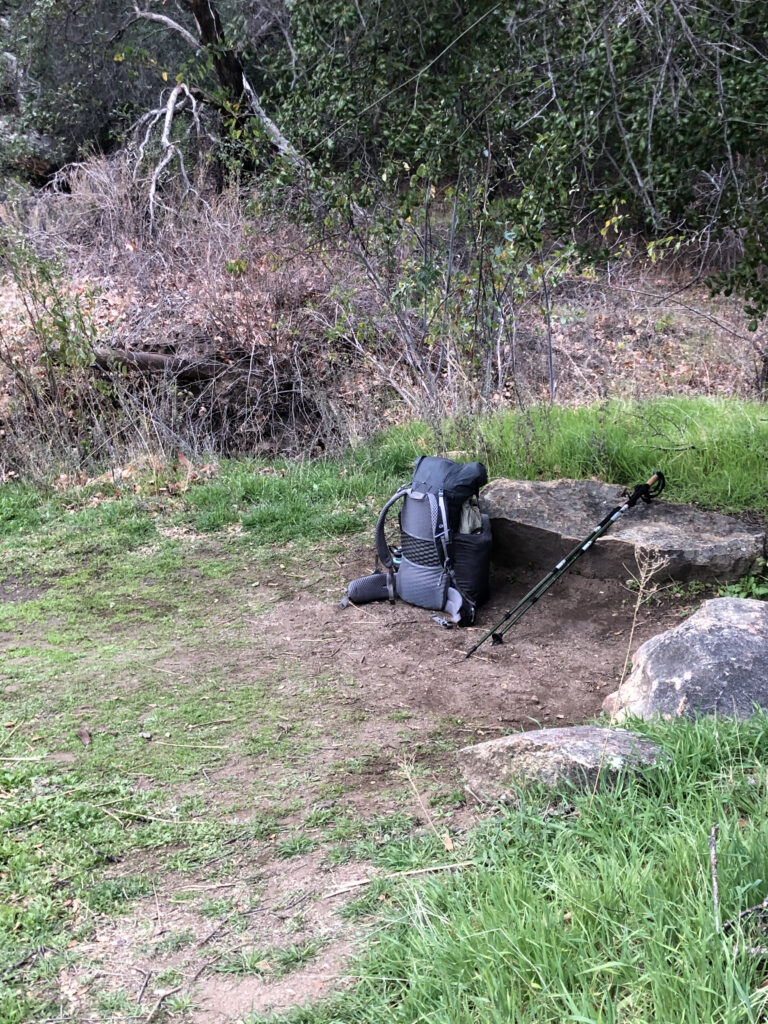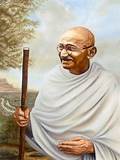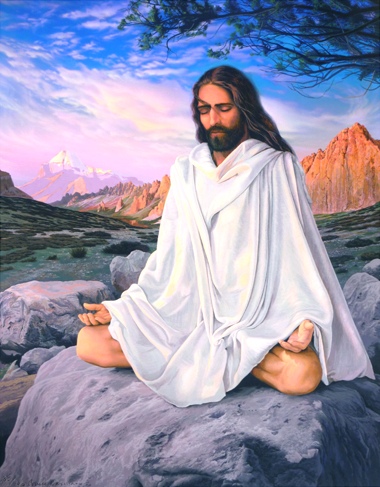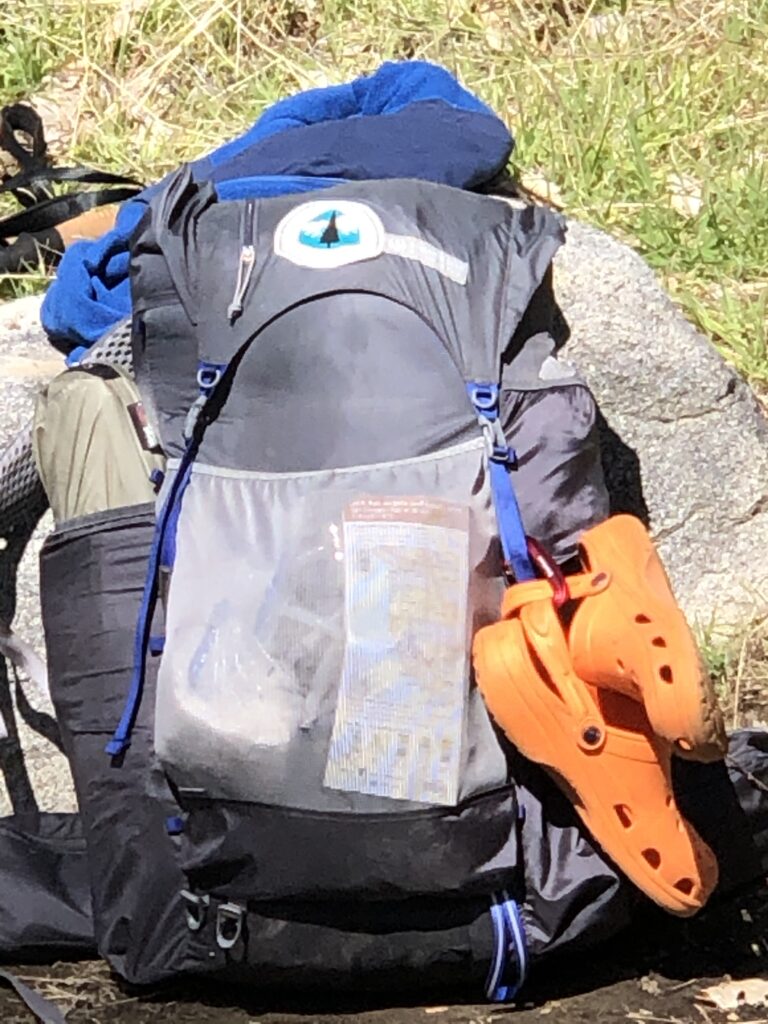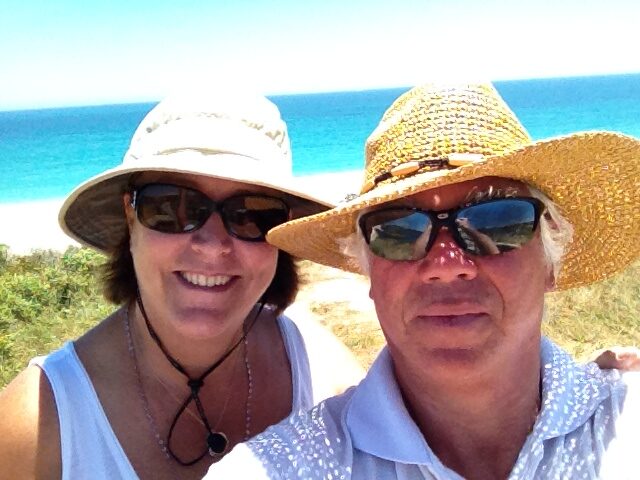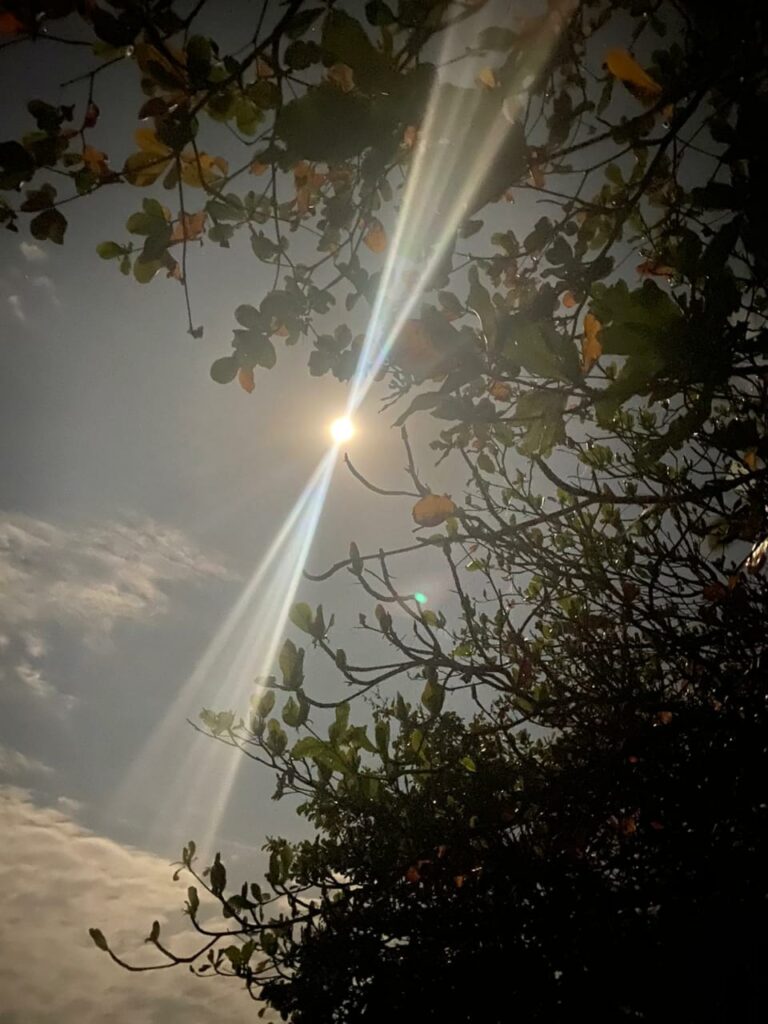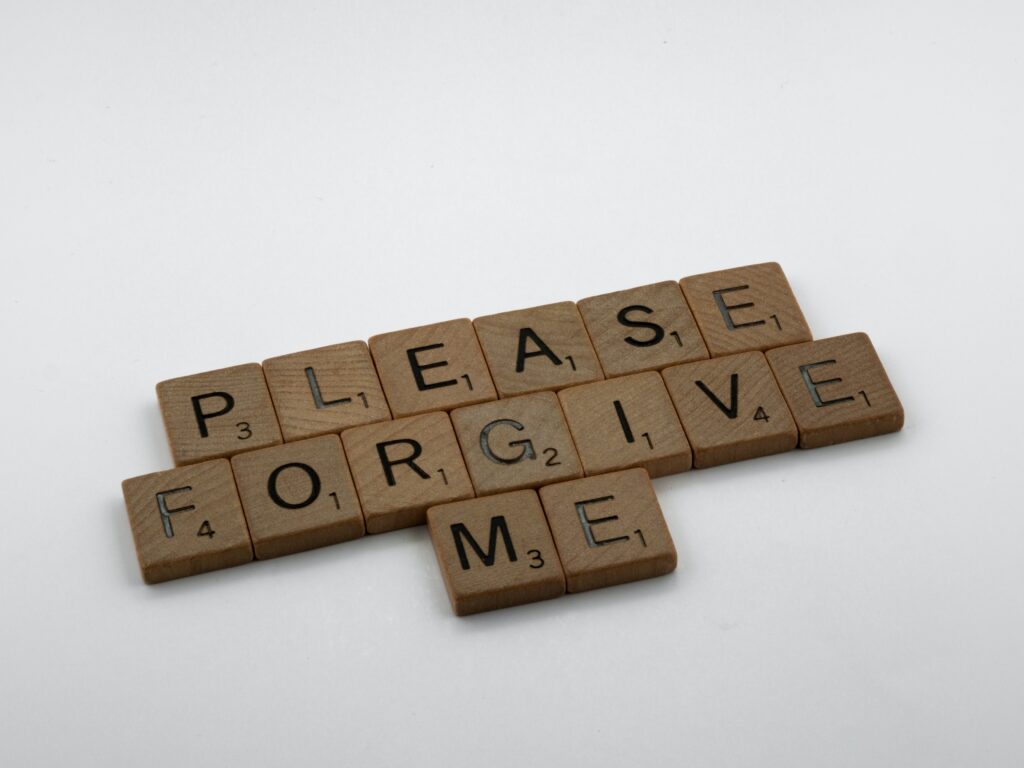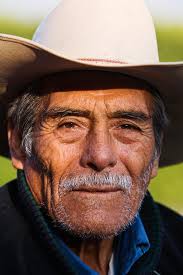“None of us, including me, ever do great things. But we can all do small things, with great love, and together we can do something wonderful.” –Mother Teresa
When I started this blog, my goal was to understand and practice kindness, compassion and unconditional love.
Kindness is easy to understand, even if it may be difficult to practice … at least for my combative self. But compassion is more complicated. A few weeks ago, I thought I’d just start typing out a blog about the term, but realized I didn’t have a clear idea about what compassion meant. So I’ve been doing some reading and some thinking and a lot of trout fishing.
The common definition seems simple enough. Compassion means to see that someone is suffering and then take action to help. Jesus’s Sermon on the Mount is all about compassion.
“Blessed are the merciful, for they shall obtain mercy.”
He could walk into a crowd and see who was suffering and do something about it. “You’re blind” he says to a couple of guys in the back row. “No worries.” He walks over and gives them sight.
“You’re sick. I can deal with that.”
“You’re hungry and thirsty. Bring me a couple of loaves of bread and water and we can feed the lot of you and have some wine too.”
It’s not all about the miracles, however much they dazzle. What’s behind the miracles?Of course it starts with love for these folks and the experience of a deep empathy with their burdens. Those feelings of love and empathy are really the key to understanding compassion. From there, it’s a a short bridge to action. Doing what you can to heal the pain or suffering that the other person or being is experiencing.
We may not have the power to give the kind of miracles that Jesus did, but being compassionate can be its own kind of miracle both for the giver and receiver of it.
Many decades ago when I had long, dark hair, I was in Mazatlan, Mexico. I didn’t have much money, but it was enough for a bus ticket back to the border. But then one night I was robbed of my last few pesos (A story with a Canadian villain), and needed to get creative. My solution? I hopped a freight train to Nogales on the Arizona border (A story about a long, dusty night drinking tequila and singing with my fellow hoboes). I was a dirty, tired mess when I crossed through Immigration into America with a basket carrying my sleeping bag and other essentials. On the U.S side, an older Mexican man approached me and wanted to shake my hand. I was a little suspicious, but shook hands anyway. When I took my hand back, I discovered the gent had given me a quarter which amounted to 25 times more money than I had in my pocket. He smiled, patted me on the back and wished me “buena suerte.”
Have you ever noticed that you can count on poor people to help you out when times are difficult? Anyways, a little money in my pocket helped me buy some fruit and carrots to feed me while hitchhiking from Nogales to San Diego (A story about dodging trouble from overly friendly escaped prisioners). But more importantly what sustained me was the feeling that someone, a stranger, saw my plight, cared and took action to help. This man’s act of charity has stuck with me since. By being a receiver of compassion it helped me understand the value of giving compassion in small ways to panhandlers on the street, and in larger ways too.
This is a simple story of how I learned about compassion, but it can be more complicated. As I read more in the Buddhist, Vedic and Christian texts I found there are some associated issues that anyone who is serious about compassion must confront.
What’s the deal about forgiveness?
What’s the difference between empathy and compassion?
Are there limits to compassion?
What if those that are suffering don’t want your darn compassion?
Are you helping to gain fame or something else?
What are the “little things” you need to be concerned about to avoid hurting others?
What is ahimsa (non-violence)?
All good questions, which I’ll delve into later. But for now, when I think of compassion, I envision a gentle Mexican man on the Arizona border helping out a poor American boy.
Canti.
Dave
Extra Credit: Guess who said this?
“It’s not about how much you do but how much love you put into what you do that counts.”
